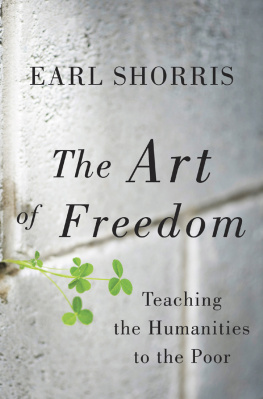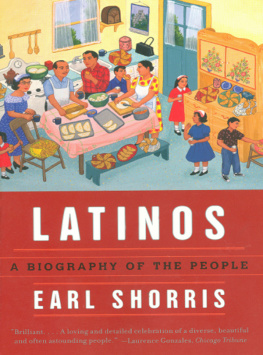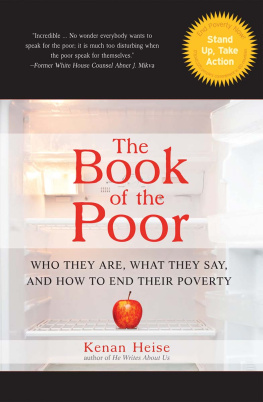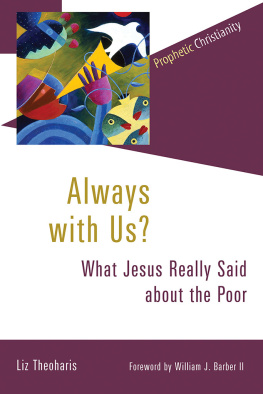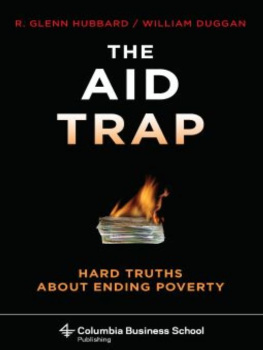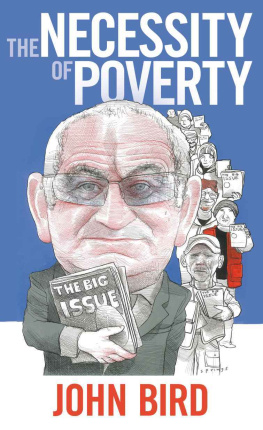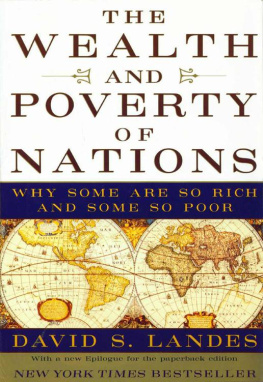
The Art of Freedom
TEACHING THE HUMANITIES TO THE POOR

Earl Shorris

For Michael
Contents
The Clemente Course in
the Humanities, Inc.

In 1995, having been unable to answer the most important question about poverty in the United States, I went to the Bedford Hills prison north of New York City to observe its Family Violence Program. I had a book to write, and I could not find an ending for it. For years I had looked everywhere, interviewed hundreds of people, and while I had developed a theory about poverty and its causes, no solution presented itself. I hoped I would find one there in the prison. Like most of what one learns about the poor, the surface life of the prison revealed less than I had expected and the emotional and intellectual depths were greater than I could have imagined. The next seventeen years would be governed by that afternoon at Bedford Hills. I would struggle to continue my work as a writer while the ideas engendered that afternoon threatened to engulf me.
I have written elsewhere about some of the people who participated in the program that came to be called, in much of the world, the Clemente Course in the Humanities and also the Odyssey Course or Venture or Alta Cultura MayaHunab Ku or Yaaveskaniryaraq, or simply Humanities 101. The effort, until now, was always to present the theory, with the people no more than illustrative of the work.
This is a book about the people, about the founders of some of the many courses, their struggles, their generosity, and their extraordinary intelligence.
The center of every course is now, in every language and culture, as it has always been, the students who come heroically out of a surround of force, at the edge of hopelessness, to the beauty and clarity of reflective thinking. They and their children are proof that poverty is not a necessary condition of human life.
We teach freedom.
I was wrong, not entirely wrong, but wrong. And it took almost seventeen years to uncover the errors.
She was the cause of it all; about that I have no doubt. She was there at the beginning, she and her freckles and opaque eyes. You might say that she was the beginning, and you wouldnt be far off the mark, although it didnt happen quite the way it sounds. It was a series of accidents. I had not gone up to the prison to find romance or a plot line or a character for a novel; my interest was sociological: I went with a cold eye. That much is true. It is also true that a maximum security prison is a writers dream, for writers are romantics, and I am no exception. Had it been otherwise there would have been no mistake and I would have wandered the world with different intellectual goods in my salesmans kit. I first wrote about the woman in the prison and the work she engendered a long time ago, before I could say what I knew about her or the effect she would have on me and the work I was to do.
The Bedford Hills prisonan hour and a half north of New York City on a good daywas almost a hundred years old when I first saw it. In summer, the road off the freeway curls around and down through stands of tall, spindly trees and runs on beside summer fields. Half a mile in, there is a hint of what lies ahead: a dead and stony field where yellow buses and cars frosted with gray dust sit parked in the sun, waiting. Nothing moves outside the prison unless the shifts change or the visitors come and go on the yellow buses. The brick buildings beyond the dead square set among the old, heavy trees give off an air of patience. It is a maximum security prison. Every woman there has been sentenced to at least six years, and more than a few will be there for life.
At Bedford Hills I would learn that prison is more violent than the streets. She would teach me. She would be my professor, as I would soon be hers.
On that first afternoon, the prisoners and two social workers and I sat in a circle of metal chairs in a large room somewhere in the center of the prison; I do not know where. The social worker directed me to sit next to a small, slightly chubby young woman. The woman and I shook hands and introduced ourselves in the formal manner I thought appropriate to a prison visit. When she looked at me, her eyes were perfectly opaquehostile, prison eyesand her mouth was set in the beginning of a sneer.
We listened to presentations about the abuse of women and heard their stories, saw them weeping as they spoke. There was a videotape of some of the women, more intimate than what they said in the room. After the videotape had played, a tall woman with yellow hair strode to the center of the circle. She stood very straight, her hands at her sides, and spoke plainly in a flat, unaccented voice. She said that she had taken part in the robbery of a convenience store. Her role was to hold a knife to the throat of the store clerk. She did not intend to harm him, she said, but when he struggled to free himself from her grasp, she did not know what to do. She told him to be still, and when he continued to struggle, she slit his throat.
The tall woman spoke without expression. She made only one gesture: she raised her right hand and drew it across her neck as if it was the throat of the remembered man. Then she dropped her hand to her side, paused, and said she was going home soon. She did not say anything more about the murder, nor did she speculate on the life she would have at home. As she passed close by me, returning to her chair, I saw that she had been weeping.
I did not look over at the woman next to me while the tall woman with yellow hair told her story. I was more interested in the reactions of the circle. No one shuddered, no one shrank away from the woman who confessed the bloody act. Perhaps they had heard the story before, perhaps they had heard it ten times, a hundred. Prison is about repetition; that is the essence of the punishment. The great Argentine writer Jorge Luis Borges said that repetition is death, but it is not that. I do not know exactly what it is, but repetition is something different; it is the reason why people who know prison life call it doing time.
In the respite from stories of violence and redemption on the videotape, I turned again to the woman who sat beside me. Because I did not know what to say and because I had not forgotten why I was there, I asked: Why do you think people are poor?
Because they dont have the moral life of downtown.
What do you mean by the moral life? I thought she must be talking about religion.
You got to begin with the children, she said, speaking rapidly, clipping out the street sounds as they came into her speech. She paused long enough to let the change of direction take effect, then resumed the rapid, rhythmless speech. Youve got to teach the moral life of downtown to the children. And the way you do that, Earl, is by taking them downtown to plays, museums, concerts, lectures, where they can learn the moral life of downtown.
What you mean is the humanities.
She looked at me as if I were the stupidest man on earth. Yes, Earl, the humanities.
I was surprised by her use of my name. Hers was not an ordinary name; I did not remember it. I smiled at her, misunderstanding, thinking I was indulging her, not realizing that it was the other way round. I said, And then they wont be poor anymore?
Next page
